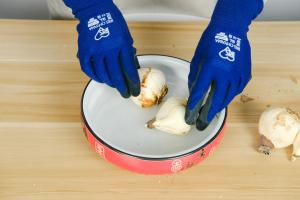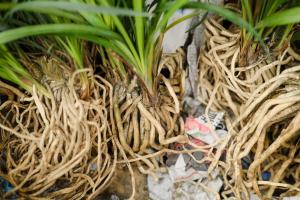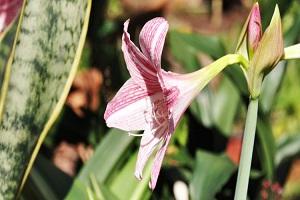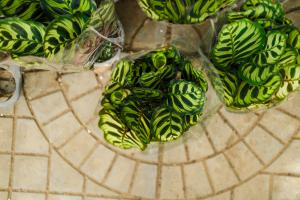How to Make Tap Water Better for Plants
Tap water contains various impurities and chemicals that can adversely affect the health and growth of plants. While using tap water for watering plants may seem like an easy and convenient option, it is important to take steps to make tap water better for plants to ensure their optimal growth and well-being.
Understanding the Quality of Tap Water
The first step in improving tap water quality for plants is to understand the quality of the tap water in your area. This can be done by contacting your local water authority or by testing your tap water using a water quality testing kit. The test results will help you identify the impurities and chemicals present in your tap water, including chlorine, fluoride, heavy metals, and minerals.
Removal of Chlorine and Fluoride
Chlorine and fluoride are added to tap water to kill bacteria and prevent tooth decay, respectively. However, they can be harmful to plants in high concentrations. Chlorine can cause burning of the leaves, while fluoride can accumulate in the soil and stunt plant growth. One way to remove chlorine and fluoride from tap water is to let the water sit in an open container for 24 hours. Adding activated charcoal to the water can also help remove these chemicals. Alternatively, investing in a water filtration system that removes chlorine and fluoride is recommended.
Dealing with Heavy Metals
Heavy metals, such as lead, copper, and zinc, can leach into tap water from pipes and plumbing fixtures. These metals can build up in the soil over time and damage plant roots. To reduce the levels of heavy metals in tap water, using a water filtration system that is specifically designed to remove heavy metals is recommended. Alternatively, you can use rainwater for watering plants as it does not contain heavy metals.
Minimizing Mineral Build-up
Tap water can also contain minerals, such as calcium and magnesium, which can lead to a build-up of mineral deposits in the soil, also known as hard water. This can affect the soil's pH levels and interfere with nutrient uptake by plants. One way to minimize mineral build-up is to switch to a water source that has lower mineral content, such as rainwater. For indoor plants, using distilled water or filtered water can also help reduce mineral build-up.
Conclusion
In summary, improving tap water quality for plants requires understanding the quality of tap water in your area and taking steps to remove or minimize impurities and chemicals that can affect plant health and growth. This can be done by using a water filtration system, letting the water sit for 24 hours, adding activated charcoal, or switching to a water source with lower mineral content. By taking these steps, you can ensure that your plants receive the best water possible for their optimal growth and development.

 how many times do yo...
how many times do yo... how many planted tre...
how many planted tre... how many pine trees ...
how many pine trees ... how many pecan trees...
how many pecan trees... how many plants comp...
how many plants comp... how many plants can ...
how many plants can ... how many plants and ...
how many plants and ... how many pepper plan...
how many pepper plan...






























